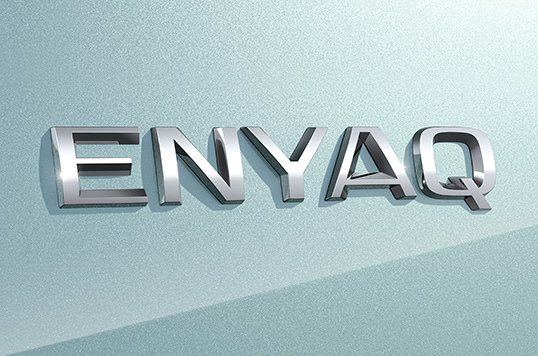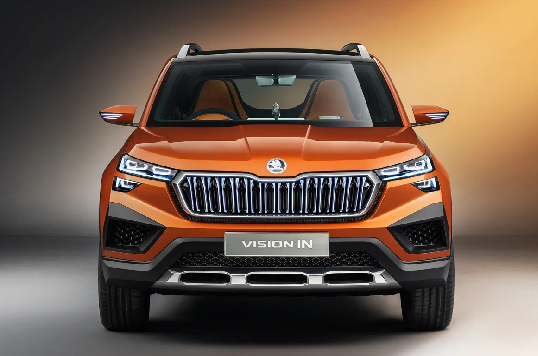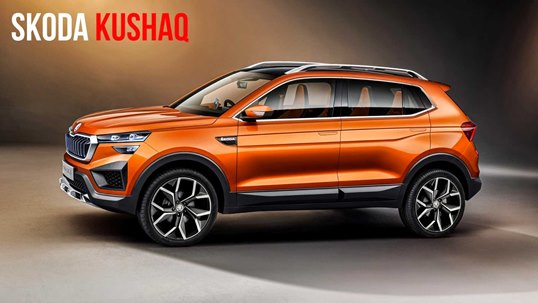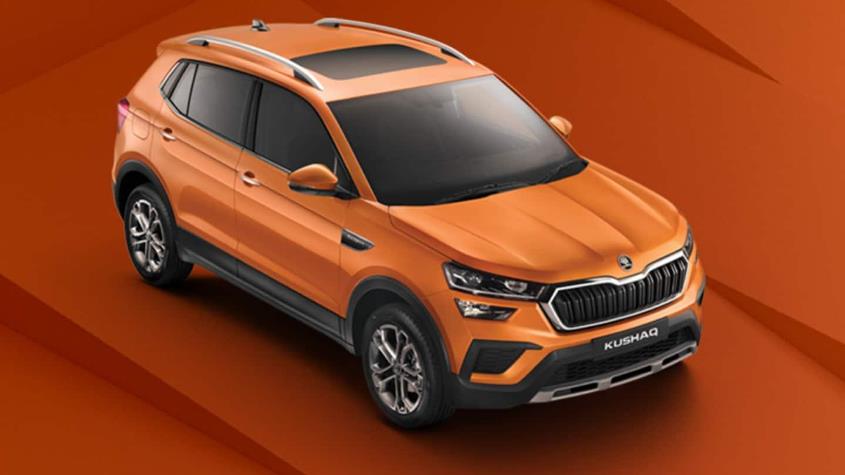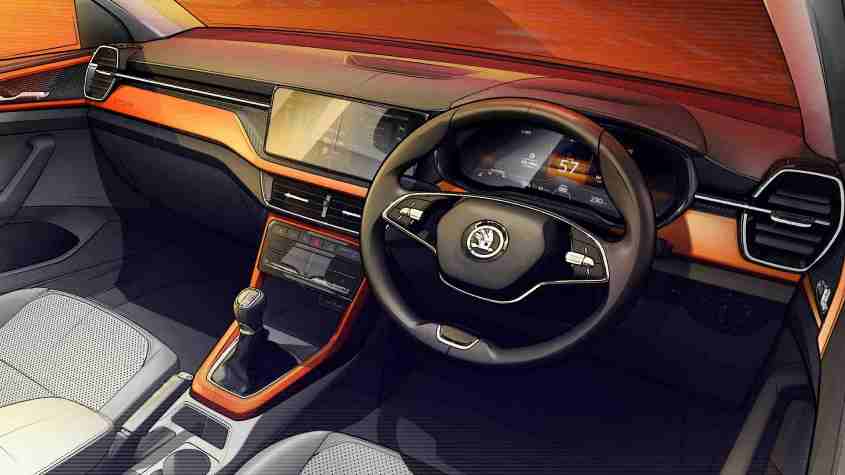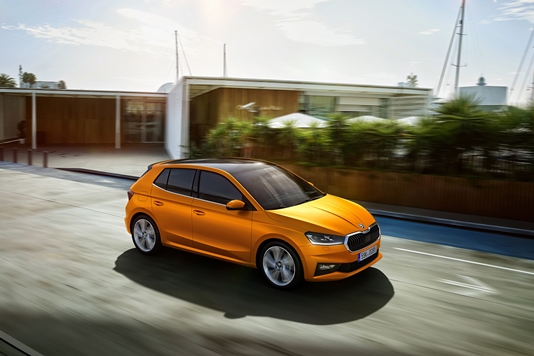
2021 Skoda Fabia Officially Revealed
"Following the recent modifications to Volkswagen's Polo and SEAT's equivalent Ibiza, it is now Skoda's turn to revise the Fabia"
Following the recent modifications to Volkswagen's Polo and SEAT's equivalent Ibiza, it is now Skoda's turn to revise the Fabia. While its sister models received a mid-cycle refresh, the Czech supermini is moving to a new generation, bringing the small hatchback in line with its MQB A0 siblings.
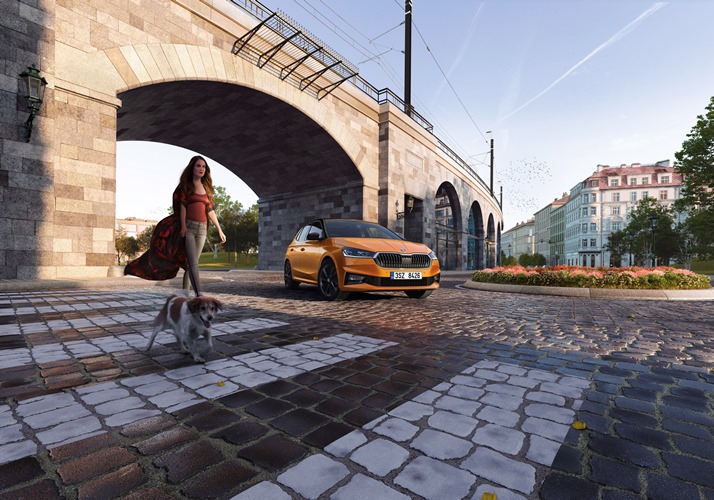
Design
The Fabia Mk4 is a significant improvement over its predecessor in every way. It is larger than its platform-sharing counterparts, as expected for a Skoda, allowing for a spacious interior and best-in-class practicality. The not-so-small hatch is now 111 mm (4.4 in) longer than before, measuring 4,108 mm (161.7 in). The majority of the length is found in the wheelbase, which is now 94 inches.
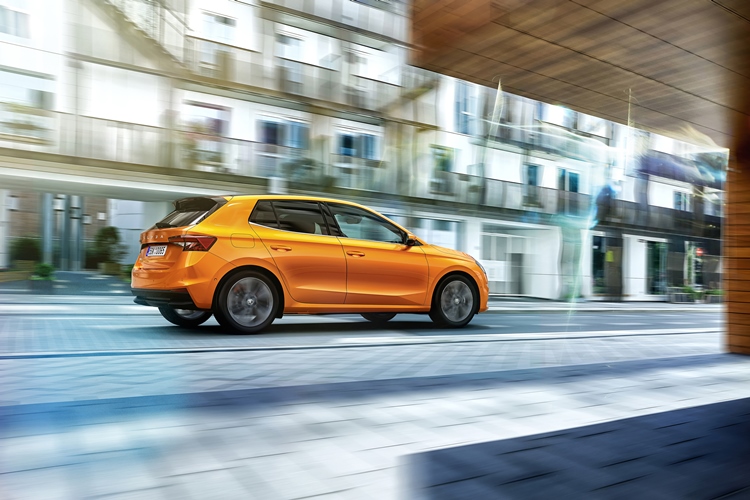
The not-so-small hatch is now 111 mm (4.4 in) longer than before, measuring 4,108 mm (161.7 in). The majority of the lengthening is in the wheelbase, which is now 94 mm (3.7 in) longer than before to reach a generous 2,564 mm (101 in).
The Fabia is still a city car, but with a cargo capacity that has increased by 50 liters (1.76 cubic feet) to a VW Golf Mk8-matching 380 liters (13.4 cu ft), it is now large enough for a weekend getaway. When the rear bench is folded, the total volume increases to 1,190 liters (42 cu ft). The all-new body is also much sleeker than before, with the drag coefficient dropping from 0.32 to a segment-leading 0.28, according to Skoda, to improve fuel efficiency.
Long before today's unveiling, numerous spy shots had painted an accurate picture of what to expect from the exterior design. The mini-Scala vibe is unsurprising, but Skoda is spicing things up with new Orange Sunset and Graphite Grey paints and up to 18-inch wheels. High-end Fabia models will be available with contrasting Black Magic or Graphite Grey roof, side mirror caps, and front grille frame colors.
The adjacent gallery depicts a range-topping Fabia with full-LED lights front and rear, as expected from press images released on the launch of a new model.
It also has a grille-mounted radar for safety and assistance systems, as well as sensors for Park Assist, which works at up to 25 mph (40 km/h) and handles steering.
Interior
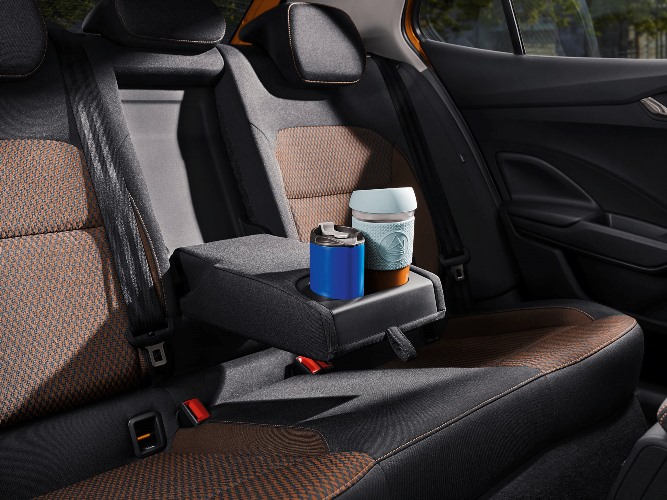
The interior has been completely redesigned, and it, too, is heavily influenced by Scala (and Kamiq). Some would argue that it also bears a striking resemblance to the Ibiza's cabin post-facelift, right down to the circular air vents introduced by SEAT for the supermini's mid-cycle refresh. The Fabia finally gets the company's 10.25-inch digital instrument cluster and a 9.2-inch touchscreen infotainment system.
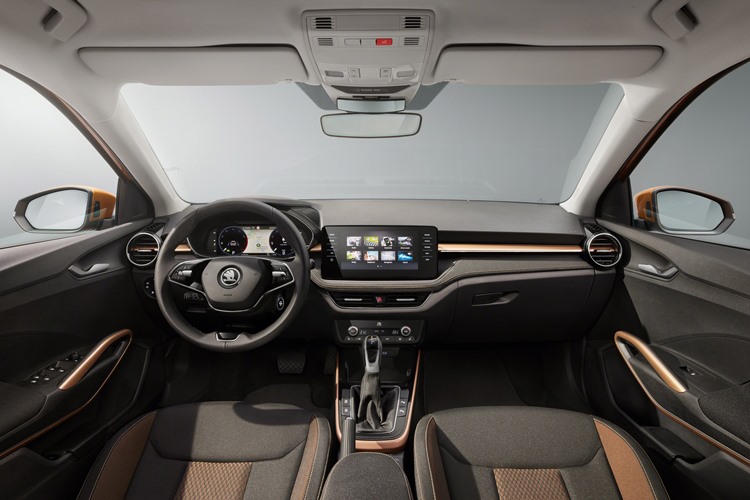
Other first-time features in the Fabia include dual-zone climate control, a heated steering wheel, a heated windshield, LED ambient lighting, and rear air vents. In the back, there's also a central armrest, which is uncommon in Europe's competitive B hatchback segment. Switching to VW Group's most recent underpinnings has resulted in superficial changes, including improvements that are not visible to the naked eye. We are specifically referring to a quieter cabin as a result of aeroacoustic simulations used to detect and eliminate noise sources.
Engine
The engine lineup includes the usual suspects, beginning with a naturally aspirated 1.0-liter three-cylinder gasoline engine. It comes with either 65 or 80 horsepower and 93 Newton-meters (69 pound-feet) of torque, which is channeled to the wheels solely through a five-speed manual gearbox. This base Fabia takes its time reaching 62 mph (100 km/h), taking 15.5 seconds with the less powerful MPI engine before reaching 107 mph (172 km/h) and 15.1 seconds with the slightly more powerful engine before reaching 111 mph (179 km/h).
With the five-speed manual and the turbocharged 1.0-liter engine, power rises to 95 hp and 129 lb-ft (175 Nm). This setup is capable of a 10.6-second sprint and a top speed of 121 mph (195 km/h). The beefier version with 110 hp and 148 lb-ft (200 Nm) gains a six-speed manual or an optional seven-speed DSG and accelerates to 127 mph (205 km/h) in 9.7 seconds (9.5 seconds with the automatic).
The flagship Skoda Fabia will get a four-cylinder engine, a 1.5 TSI with 150 hp and 184 lb-ft (250 Nm) from the Scala and Octavia.
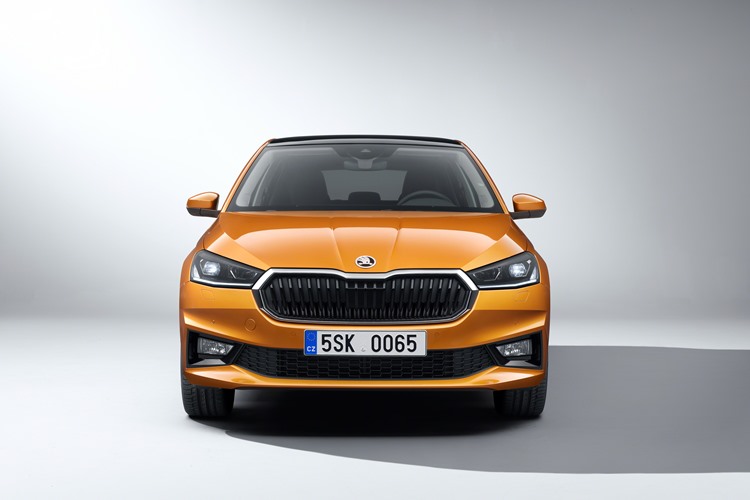
The larger powertrain, available only with the DSG, helps the stylish supermini complete the sprint in 7.9 seconds and reach a respectable 140 mph (225 km/h).
It wouldn't be a Skoda without a plethora of Simply Clever features, and the Fabia has 43 of them. Five of them make their debut on a Mladá Boleslav vehicle: a removable cup holder between the front seats, a credit card clip in the center console, a storage container for rear passengers on the transmission tunnel, a flexible trunk compartment, and a sunshade for the panoramic roof.
The Fabia, Skoda's second best-selling vehicle after the Octavia, has sold over 4.5 million units since its introduction in 1999. The Mk4 will initially be available only as a hatchback, but a wagon version will be available in 2023. Meanwhile, the current Fabia Mk3 wagon will continue to be sold.
The Fabia, Skoda's second best-selling vehicle after the Octavia, has sold over 4.5 million units since its introduction in 1999. The Mk4 will initially be available only as a hatchback, but a wagon version will be available in 2023. Meanwhile, the current Fabia Mk3 wagon will be available alongside the refreshed hatch.
Also Read:


